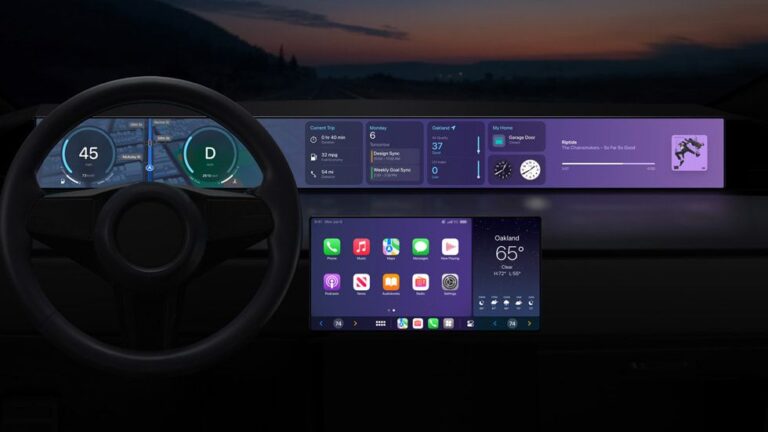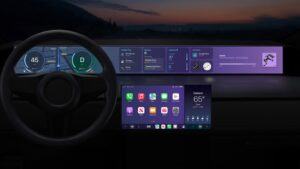Samsung needs hardware differentiation more than ever.
- I think Samsung is undergoing a flurry of display innovation with its Infinity-O screen and it’s new folding screen form factor because it is really beginning to feel the heat from Huawei breathing down its neck.
- The result will be that any successful differentiation created in this manner will have to be kept in-house for longer because the volume advantage that Samsung has enjoyed in Android is fast evaporating.
- At the core of Samsung is its ability to make commodity products in massive volumes which generate excellent margins through the benefit of scale.
- Its true in its semiconductors business and for the last few years, it has also been true in its Android business.
- This is how Samsung was able to abandon much of its software efforts in 2014 and still make a steady 10-14% operating margins on what became a commodity product.
- Samsung did not need to keep OLED in-house because it was able to make good margins through volume which led to it making its excellent screens widely available.
- This has meaningfully added to the profits that Samsung has been able to generate from the handset market, but I think this is going to be more difficult going forward.
- Over the last 2 quarters, Huawei has closed the volume gap on Samsung where Samsung is now outselling Huawei by a factor of 1.3x (Q2 18) and 1.4x (Q3 18) as opposed to the 2.0x+ that it has achieved over the last few years.
- This is deeply concerning as it is this volume advantage that allowed Samsung to make good money on commodity products and this now looks to be seriously under threat.
- Hence, Samsung will need to find other ways to differentiate and with software and services not being an option, all it is left with is hardware.
- Consequently, Samsung is going to need to keep its cutting-edge screens to itself so that it can continue to differentiate its products from the increasingly competent Chinese competitors.
- A key aspect of this in 2019 will be how well its Infinity-O screen (a full-face display with a round hole for the front-facing camera) stacks up against a similar offering from Huawei.
- If there is little difference between the two, then Samsung will have to start cutting prices in order to hang onto its market share meaning that margins will fall.
- Therefore, I think that we are going to see Samsung increasingly limit display technology to its own products which will do some damage to display revenues but crucially, it should keep handset margins on track.
- This added margin risk, combined with a slowing market for smartphones and increasing competitive pressure keeps me nervous with regard to Samsung’s outlook.
- There is still time to cash in from the rally since mid-2016.










Blog Comments
Tim Nash
November 30, 2018 at 2:34 pm
With the poor sales in the last sales cycle, of Samsung’s high end phones, most of its OLED production went to the iPhone X as Samsung was unable to capture OLED business from the top Chinese manufacturers. In this sales cycle Apple is dual sourcing OLED from Samsung and LG for the iPhone XS and XS Max and we know from Apple that the XR is currently the best selling model. This means there is likely to be OLED pricing pressure. So unless Samsung is able to increase sales of top end phones, profits from displays will decrease.